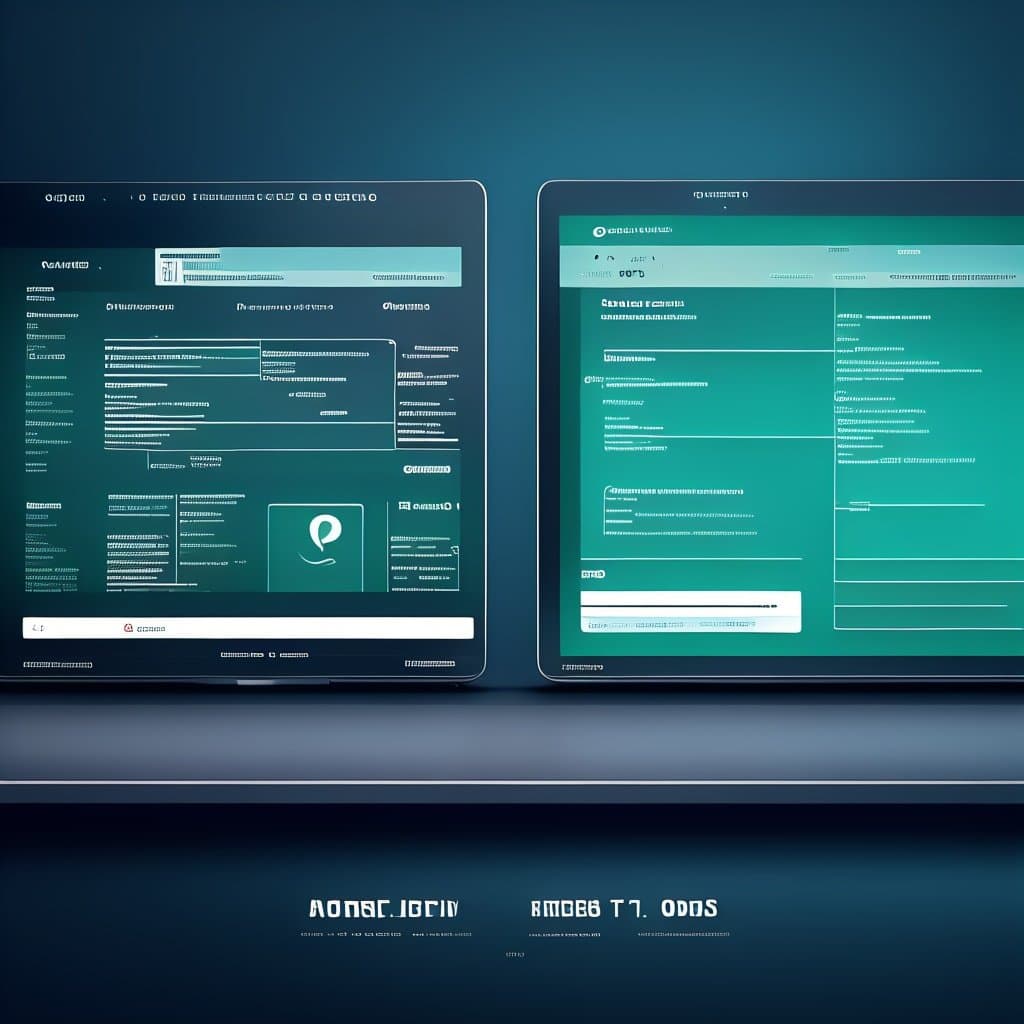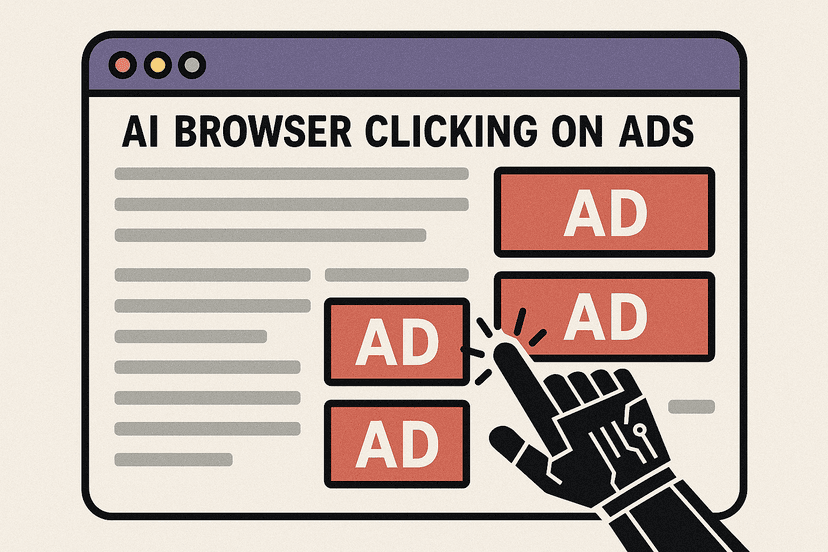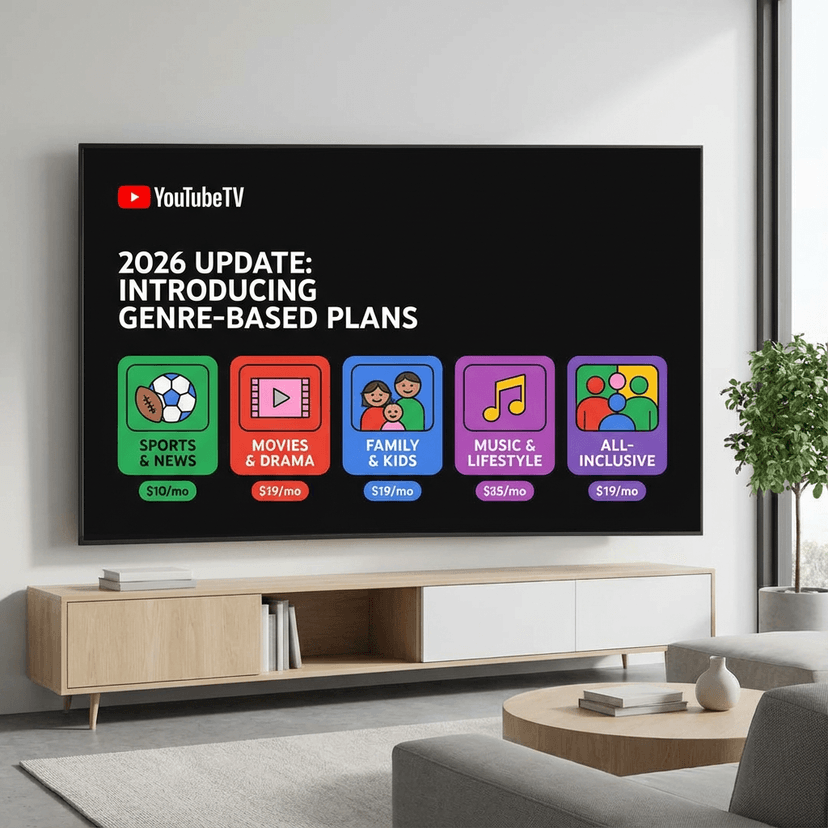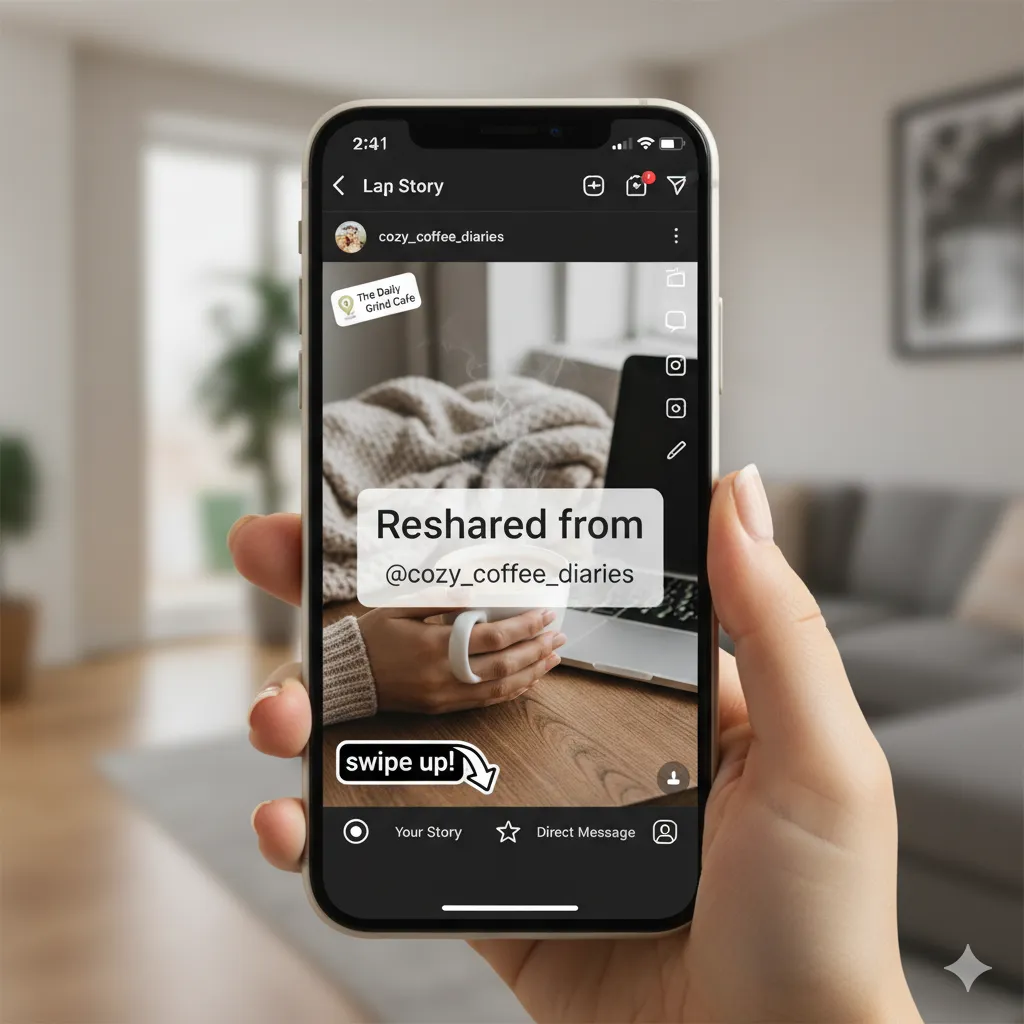Introduction to A/B Testing
In the digital landscape, making informed decisions based on concrete data rather than gut feelings has become essential for success. This is where A/B testing comes into play – a powerful methodology that has revolutionized how businesses optimize their digital experiences. Whether you’re a marketer, product manager, or business owner, understanding and implementing A/B testing can significantly impact your conversion rates and overall business growth.
A/B testing, also known as split testing or bucket testing, is a methodical approach to comparing two versions of a webpage, app, or marketing asset to determine which one performs better. By showing different variations to your users and measuring their responses, you can make data-driven decisions that lead to better user experiences and improved business outcomes.
In this comprehensive guide, we’ll explore everything you need to know about A/B testing – from its fundamental concepts to advanced strategies, real-world examples, and best practices for implementation.
What is A/B Testing?
A/B testing is a comparative experiment where two versions of a digital asset are shown to different segments of users at random to determine which version performs better against predefined metrics. The process involves creating a control version (A) and a variation (B), then measuring and analyzing user interactions with both versions.
The beauty of A/B testing lies in its simplicity and effectiveness. Instead of making changes based on assumptions or opinions, you can validate your hypotheses with actual user data. This methodology transforms decision-making from subjective guesswork to objective analysis.
How A/B Testing Works in Practice
-
Creating Versions: Develop two versions of your digital asset – the original control (version A) and a modified variation (version B).
-
Traffic Division: Randomly split your user traffic between these two versions, ensuring each user consistently sees only one version.
-
Data Collection: As users interact with each version, collect relevant data on their behavior and engagement.
-
Statistical Analysis: Analyze the results to determine if the changes in version B had a positive, negative, or neutral impact compared to version A.
-
Implementation: Based on statistical significance, implement the winning version or continue testing with new variations.
The changes you test can range from minor adjustments like button colors or headline text to major modifications like complete page redesigns or user flow alterations. The key is to measure the impact of each change systematically.
Why A/B Testing Matters
A/B testing provides numerous benefits that make it an essential tool in any digital optimization toolkit:
1. Data-Driven Decision Making
Perhaps the most significant advantage of A/B testing is that it shifts decision-making from opinion-based to data-driven. In many organizations, decisions about user experience are often made based on the preferences of senior executives or the loudest voices in the room – sometimes referred to as the “HiPPO” (Highest Paid Person’s Opinion).
A/B testing democratizes this process by letting actual user behavior determine the best approach. As Dan Siroker, co-founder of Optimizely, notes: “It’s about being humble… maybe we don’t actually know what’s best, let’s look at data and use that to help guide us.”
2. Continuous Improvement
A/B testing isn’t just for settling one-off questions or disagreements. It’s a framework for continuous improvement that allows you to make incremental changes over time, leading to significant cumulative gains. Each test provides insights that inform future tests, creating a virtuous cycle of optimization.
3. Risk Reduction
Implementing major changes without testing can be risky. A/B testing allows you to validate ideas with a subset of users before rolling them out to your entire audience, minimizing the risk of negative impacts on user experience or business metrics.
4. Understanding User Behavior
Beyond the immediate results, A/B tests provide valuable insights into user preferences and behavior patterns. These insights can inform not just the specific element being tested but broader product and marketing strategies.
5. ROI Maximization
A/B testing helps maximize the return on investment for your digital assets by ensuring that changes actually improve key performance indicators. Small improvements in conversion rates can translate to significant revenue increases, especially for high-traffic websites.
Applications of A/B Testing Across Business Functions
A/B testing isn’t limited to a single department or function. It can be applied across various business areas:
B2B Lead Generation
For technology companies and B2B businesses, A/B testing can significantly improve Lead Generation Service efforts. By testing different elements of landing pages, including headlines, form fields, and calls-to-action, companies can identify which changes increase both lead quantity and quality.
For example, reducing form fields from ten to five might increase form submissions, but does it maintain lead quality? A/B testing can answer this question with data rather than assumptions.
Marketing Campaign Optimization
Marketers can use A/B testing to optimize campaign performance across channels. By testing ad copy, landing pages, email subject lines, and other campaign elements, they can maximize ROI on marketing spend.
One common application is testing different ad creatives against the same landing page to identify the messaging that resonates most with the target audience. Similarly, testing different landing page layouts for the same ad can help determine which version converts visitors to customers most efficiently.
Product Experience Enhancement
Product teams can leverage A/B testing to validate assumptions, prioritize feature development, and deliver products that truly meet user needs. From onboarding flows to in-app notifications, testing helps optimize the user experience while maintaining clear goals and hypotheses.
For instance, a software company might test different onboarding sequences to determine which one leads to higher feature adoption and user retention. The insights gained can inform product roadmaps and development priorities.
The A/B Testing Framework: A Step-by-Step Guide
To implement A/B testing effectively, follow this structured framework:
1. Collect and Analyze Existing Data
Before designing any tests, start by gathering and analyzing existing data to identify opportunities for improvement:
This initial analysis helps you focus your testing efforts on areas with the greatest potential impact.
2. Set Clear Goals
Define specific, measurable objectives for your A/B tests:
-
Determine Primary Metrics: Identify the key performance indicators (KPIs) you aim to improve, such as conversion rate, click-through rate, average order value, or time on page.
-
Establish Secondary Metrics: Consider additional metrics that might be affected by your changes, either positively or negatively.
-
Set Target Improvements: Determine what level of improvement would be considered successful and meaningful for your business.
Clear goals ensure that your tests are focused and that results can be properly evaluated against business objectives.
3. Develop Test Hypotheses
Formulate clear, testable hypotheses based on your data analysis:
-
Statement Structure: A good hypothesis follows this format: “If we [make this change], then [this metric] will [increase/decrease] because [rationale].”
-
Evidence-Based: Base your hypotheses on existing data, user research, and industry best practices rather than random ideas.
-
Prioritize by Impact: Focus on hypotheses that address significant user pain points or have the potential for substantial business impact.
Well-formed hypotheses guide your test design and make it easier to interpret results in the context of your understanding of user behavior.
4. Create Test Variations
Design your test variations with precision:
-
Single-Variable Testing: For clear results, change only one element at a time in simple A/B tests.
-
Multi-Variable Testing: In more advanced scenarios, test multiple variables simultaneously using multivariate testing techniques.
-
Ensure Proper Tracking: Confirm that your testing tool is correctly tracking user interactions with all elements relevant to your test.
-
QA Test Variations: Before launching, thoroughly test all variations to ensure they function correctly across devices and browsers.
The variations should be distinct enough to test your hypothesis while maintaining the core functionality and purpose of the page.
5. Run the Experiment
Execute your test with attention to statistical validity:
-
Determine Sample Size: Calculate the minimum sample size needed for statistical significance based on your expected effect size and conversion rates.
-
Split Traffic Randomly: Ensure that user assignment to variations is truly random to prevent bias.
-
Run Tests Simultaneously: To avoid temporal bias (like day of week effects), run all variations concurrently rather than sequentially.
-
Monitor for Issues: Regularly check your test for technical problems or unexpected behavior.
-
Allow Sufficient Runtime: Let tests run long enough to achieve statistical significance and account for cyclical patterns in user behavior.
Proper test execution is crucial for obtaining reliable results that can inform business decisions.
6. Analyze Results and Take Action
Once your test has collected sufficient data:
-
Check Statistical Significance: Determine if the differences between variations are statistically significant or potentially due to random chance.
-
Segment Results: Analyze how different user segments responded to each variation.
-
Consider Business Impact: Evaluate the practical significance of the results in terms of business value.
-
Document Findings: Record what you learned, regardless of whether the test “won” or “lost.”
-
Implement Changes: Apply winning variations to your production environment.
-
Plan Follow-up Tests: Use insights to inform your next round of hypotheses and tests.
Remember that the true value of A/B testing lies not just in implementing winning variations but in the accumulated knowledge about your users and their preferences.
Understanding A/B Test Results
Interpreting test results correctly is crucial for making informed decisions:
Statistical Significance
Statistical significance indicates the probability that the difference between variations is due to the changes you made rather than random chance. Most testing tools use a confidence level of 95% or higher, meaning there’s less than a 5% chance that the observed difference is due to random fluctuations.
However, statistical significance doesn’t necessarily equate to business significance. A statistically significant 0.1% improvement in conversion rate might not justify the resources required to implement the change, especially for low-traffic websites.
Sample Size Considerations
Inadequate sample sizes are a common pitfall in A/B testing. With too few participants, results may appear significant when they’re actually due to chance (Type I error) or fail to detect genuine differences (Type II error).
Use sample size calculators to determine how many visitors you need for reliable results based on your baseline conversion rate and the minimum detectable effect you’re interested in.
Dealing with Inconclusive Results
Not all tests will yield clear winners. Inconclusive results aren’t failures – they’re valuable data points that can inform future testing strategies. If a test doesn’t reach statistical significance:
- Check if you need a larger sample size
- Consider if the change was too subtle to impact user behavior
- Evaluate whether the hypothesis needs refinement
- Examine if external factors might have influenced the results
Sometimes, maintaining the status quo is the right decision if new variations don’t demonstrate clear improvement.
Common A/B Testing Pitfalls and How to Avoid Them
Even experienced practitioners can fall into these common traps:
1. Testing Too Many Elements Simultaneously
Problem: Changing multiple elements at once makes it impossible to determine which specific change caused the observed effect.
Solution: Use simple A/B tests to isolate variables, or employ multivariate testing with proper statistical analysis to understand interaction effects.
2. Ending Tests Too Early
Problem: Stopping tests as soon as you see significant results can lead to false positives, especially with small sample sizes.
Solution: Determine sample size requirements in advance and commit to running tests for their full duration, regardless of early results.
3. Ignoring Seasonal Variations
Problem: User behavior often changes during holidays, seasons, or specific events, which can skew test results.
Solution: Account for seasonality by running tests for full business cycles or comparing results to the same period in previous years.
4. Not Considering All Metrics
Problem: Focusing exclusively on primary metrics might miss important side effects on other business indicators.
Solution: Monitor a dashboard of relevant metrics, including conversion rates, engagement metrics, and technical performance indicators.
5. Failing to Segment Results
Problem: Overall results might mask significant differences in how various user segments respond to variations.
Solution: Analyze results across relevant segments (new vs. returning users, device types, traffic sources) to uncover segment-specific insights.
A/B Testing and SEO: Best Practices
Many marketers worry about the potential impact of A/B testing on search engine rankings. However, Google has explicitly stated that proper A/B testing poses no inherent risk to SEO Thailand. To ensure your testing program remains search-engine friendly:
Avoid Cloaking
Cloaking refers to showing search engine crawlers different content than what regular users see. This practice violates search engine guidelines and can result in penalties.
Ensure your testing tool doesn’t serve different content based on user-agent or IP address. Googlebot should see the same variations as regular users, based on the same random assignment.
Use Proper Redirects
If your tests involve redirecting users to different URLs:
- Use 302 (temporary) redirects rather than 301 (permanent) redirects
- This signals to search engines that the redirect is temporary for testing purposes
- It prevents search engines from updating their index with the variation URLs
Implement rel=”canonical”
For tests using different URLs for variations:
- Add the rel=”canonical” tag pointing to the original URL
- This tells search engines which version of the page should be considered the primary one for indexing
- It helps prevent duplicate content issues
Limit Test Duration
Don’t run tests indefinitely:
- Conclude tests once you’ve reached statistical significance
- Implement winning variations permanently after the test
- Google recommends completing tests within a few weeks when possible
By following these guidelines, you can maintain SEO performance while benefiting from A/B testing insights.
Building a Culture of Experimentation
For A/B testing to deliver maximum value, it needs to be embedded in your organization’s decision-making processes. Here’s how to build a culture of experimentation:
Secure Leadership Buy-In
Leadership support is crucial for sustainable testing programs:
- Demonstrate early wins with high-visibility, high-impact tests
- Connect testing outcomes to key business metrics and goals
- Regularly share insights and learnings with leadership
- Emphasize both immediate gains and long-term strategic value
When leaders understand the value of testing, they’re more likely to allocate resources and champion data-driven approaches.
Empower Teams
Effective testing programs distribute ownership across the organization:
- Provide accessible testing tools that don’t require extensive technical expertise
- Offer training on testing methodology, hypothesis formation, and results analysis
- Encourage all team members to contribute test ideas
- Recognize and reward data-driven decision making
Democratizing testing ensures a continuous flow of diverse ideas and broader adoption of testing practices.
Establish Clear Processes
Structured processes help scale testing activities:
- Create standardized templates for hypothesis documentation
- Develop a prioritization framework for test ideas
- Build QA procedures to ensure test reliability
- Implement documentation standards for test results
- Schedule regular review sessions to discuss insights and plan future tests
Well-defined processes make testing more efficient and ensure consistent quality across experiments.
Foster a Learning Mindset
The true value of testing lies in continuous learning:
- Celebrate learning from both successful and unsuccessful tests
- Create repositories of insights that inform future strategies
- Share case studies across teams to spread knowledge
- Encourage thoughtful risk-taking and hypothesis generation
- View “failed” tests as valuable elimination of ineffective approaches
When teams focus on learning rather than just “winning,” they extract more value from each test and build stronger testing programs over time.
A/B Testing Across Different Industries
A/B testing can be applied across various industries, though the specific elements tested and metrics measured may differ:
E-commerce
E-commerce businesses typically focus on conversion optimization throughout the purchase funnel:
- Product page layouts and information presentation
- Add-to-cart button placement and design
- Checkout process simplification
- Shipping options and presentation
- Upsell and cross-sell placements
Key metrics often include conversion rate, average order value, revenue per visitor, and cart abandonment rate.
SaaS and Technology
Technology companies leverage A/B testing to optimize both acquisition and retention:
- Sign-up flows and form designs
- Free trial conversion tactics
- Onboarding sequences
- Feature adoption prompts
- Upgrade and expansion messaging
Important metrics include trial conversion rate, time to first value, feature adoption, and customer lifetime value.
Media and Publishing
Media sites focus on engagement and monetization testing:
- Headline variations and content presentation
- Registration walls and subscription offers
- Ad placements and formats
- Related content recommendations
- Social sharing prompts
Key metrics typically include page views per session, time on site, subscription conversion, and ad revenue per visitor.
Travel and Hospitality
Travel businesses optimize for booking completion and ancillary revenue:
- Search functionality and results presentation
- Room/seat selection interfaces
- Urgency messaging and social proof
- Add-on service presentation
- Booking confirmation and post-purchase communication
Critical metrics include booking conversion rate, ancillary attachment rate, and average booking value.
Advanced A/B Testing Techniques
As your testing program matures, consider these advanced approaches:
Multivariate Testing
Unlike simple A/B tests that compare two versions with a single variable changed, multivariate testing examines how multiple variables interact:
- Tests various combinations of changes simultaneously
- Identifies which elements have the greatest impact
- Reveals interaction effects between different elements
- Requires larger sample sizes than A/B tests
- Most effective for high-traffic pages where multiple elements need optimization
For example, you might test different headline, image, and call-to-action combinations to find the optimal combination.
Segmented Testing
Rather than treating all users as a homogeneous group, segmented testing recognizes that different user groups may respond differently to the same changes:
- Test variations with specific user segments
- Compare results across different user types
- Deliver personalized experiences based on segment preferences
- Common segments include new vs. returning users, device types, geographic locations, and referral sources
Segmented testing can reveal that a variation that underperforms overall might actually be highly effective for specific user groups.
Sequential Testing
Sometimes called bandit testing, sequential testing dynamically allocates traffic to better-performing variations during the test:
- Starts with equal traffic distribution
- Gradually shifts more traffic to variations showing better results
- Reduces opportunity cost during testing
- Particularly valuable for time-sensitive campaigns
- Requires careful statistical analysis to avoid bias
This approach balances learning (testing different variations) with earning (maximizing conversions during the test period).
Technical Considerations for A/B Testing
Implementing A/B tests requires attention to technical details:
Flicker Effect Prevention
The “flicker effect” occurs when the original version briefly appears before the variation loads, potentially confusing users and contaminating results:
- Use server-side rendering when possible
- Implement proper asynchronous loading techniques
- Consider using pre-hiding snippets for critical test elements
- Optimize code for performance
A clean implementation ensures that users experience only the intended variation throughout their session.
Cross-Device Consistency
Users often interact with websites across multiple devices:
- Ensure that users see the same variation regardless of the device they use
- Test variations across different screen sizes and devices
- Consider responsive design implications when creating variations
- Use persistent user identification to maintain consistency
Inconsistent experiences can confuse users and lead to inaccurate test results.
Testing Tools Integration
Your testing platform should integrate with your existing technology stack:
- Analytics integration for deeper data analysis
- CRM connection for user segmentation and personalization
- Tag management compatibility for easier implementation
- Data warehouse integration for long-term data storage and analysis
Proper integration ensures that test data can be connected to broader business metrics and user profiles.
Measuring Success Beyond Conversion Rates
While conversion rate is often the primary metric in A/B testing, a comprehensive approach considers multiple dimensions of success:
Short-Term vs. Long-Term Impact
Some changes might produce immediate conversion improvements but hurt long-term metrics:
- Monitor retention and repeat purchase behavior
- Track customer lifetime value changes
- Observe impact on brand perception metrics
- Consider sustainability of conversion improvements
The best variations improve both immediate conversions and long-term customer relationships.
Revenue Impact
Conversion rate improvements don’t always translate to proportional revenue increases:
- Calculate actual revenue impact of variations
- Consider effects on average order value
- Analyze impact on product mix and margin
- Evaluate customer acquisition cost changes
A small conversion rate improvement for high-value products might be more valuable than a larger improvement for low-margin items.
User Experience Metrics
Beyond conversions, consider how variations affect the overall user experience:
- Page load time and performance metrics
- Error rates and technical issues
- Engagement metrics like time on page and interaction rate
- User satisfaction scores and feedback
The optimal variation should improve business metrics without degrading the user experience.
The Future of A/B Testing
The field of A/B testing continues to evolve with technological advancements:
AI-Powered Testing
Artificial intelligence is transforming A/B testing:
- Automated hypothesis generation based on data patterns
- Dynamic allocation of traffic based on real-time performance
- Personalized experiences tailored to individual user preferences
- Predictive analytics to identify high-potential test opportunities
- Natural language processing to analyze qualitative feedback alongside quantitative data
AI can help scale testing programs and extract deeper insights from test results.
Server-Side Testing
While client-side testing (implemented in the browser) remains common, server-side testing offers advantages:
- Reduced flicker effect and performance impact
- Better handling of dynamic content
- Improved security and reduced vulnerability to ad blockers
- Greater flexibility in what can be tested
- Seamless integration with backend systems
Server-side testing is becoming increasingly accessible as testing platforms expand their capabilities.
Cross-Channel Testing
Modern customer journeys span multiple channels:
- Coordinated testing across web, mobile, email, and in-store experiences
- Unified measurement of cross-channel impact
- Consistent personalization across touchpoints
- Integrated testing platforms that support omnichannel optimization
As the lines between channels blur, testing programs must adapt to optimize the holistic customer experience.
Conclusion
A/B testing is a powerful methodology that transforms digital optimization from guesswork into a systematic, data-driven process. By implementing a structured testing framework, avoiding common pitfalls, and building a culture of experimentation, organizations can continuously improve their digital experiences and achieve better business outcomes.
The most successful testing programs share common characteristics:
- They start with clear business objectives and user needs
- They build hypotheses based on data and user research
- They implement tests with technical precision
- They analyze results with statistical rigor
- They apply learnings systematically across the organization
Remember that A/B testing is not about proving yourself right—it’s about discovering what truly works for your users. Sometimes the most valuable tests are those that disprove our strongest convictions, forcing us to reconsider our assumptions and develop deeper understanding of user behavior.
As you build your testing program, focus not just on immediate wins but on creating a sustainable culture of experimentation that drives continuous improvement. In the digital landscape, organizations that consistently test, learn, and adapt will ultimately outperform those that rely on opinion and intuition alone.
Start small, learn from each test, and gradually expand your testing program as you build confidence and capabilities. With patience and persistence, A/B testing can become one of your organization’s most valuable tools for digital optimization and business growth.







